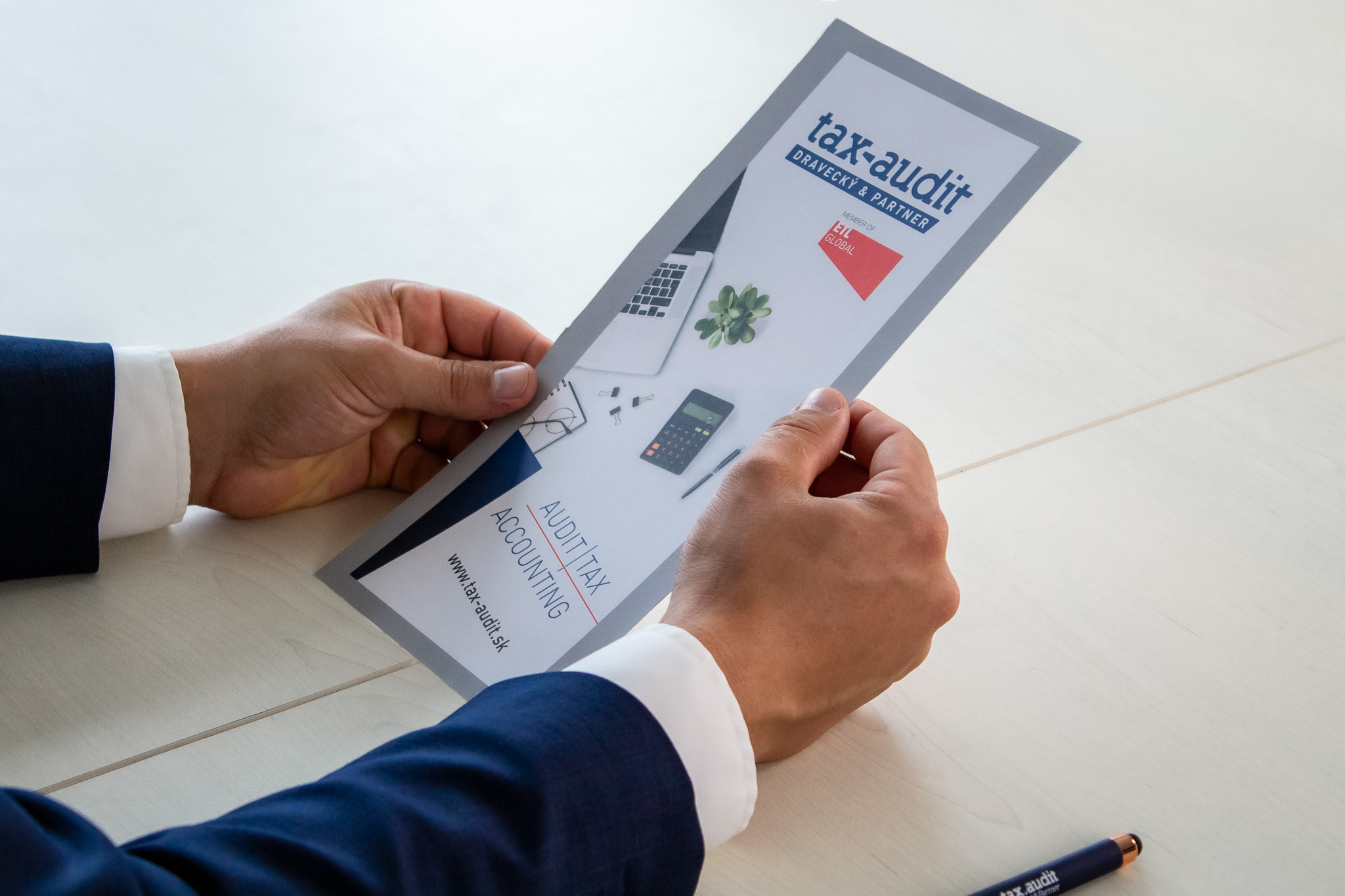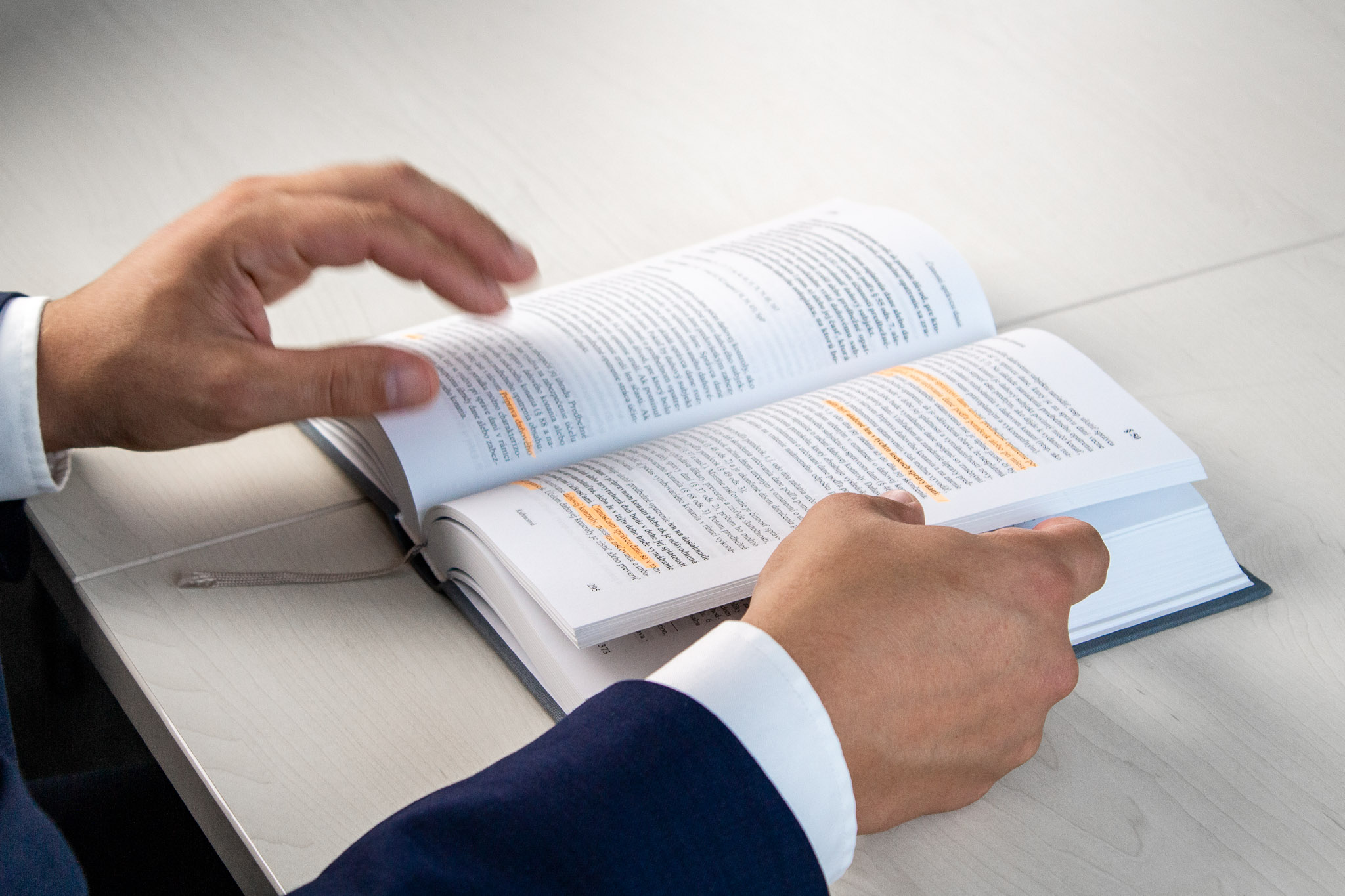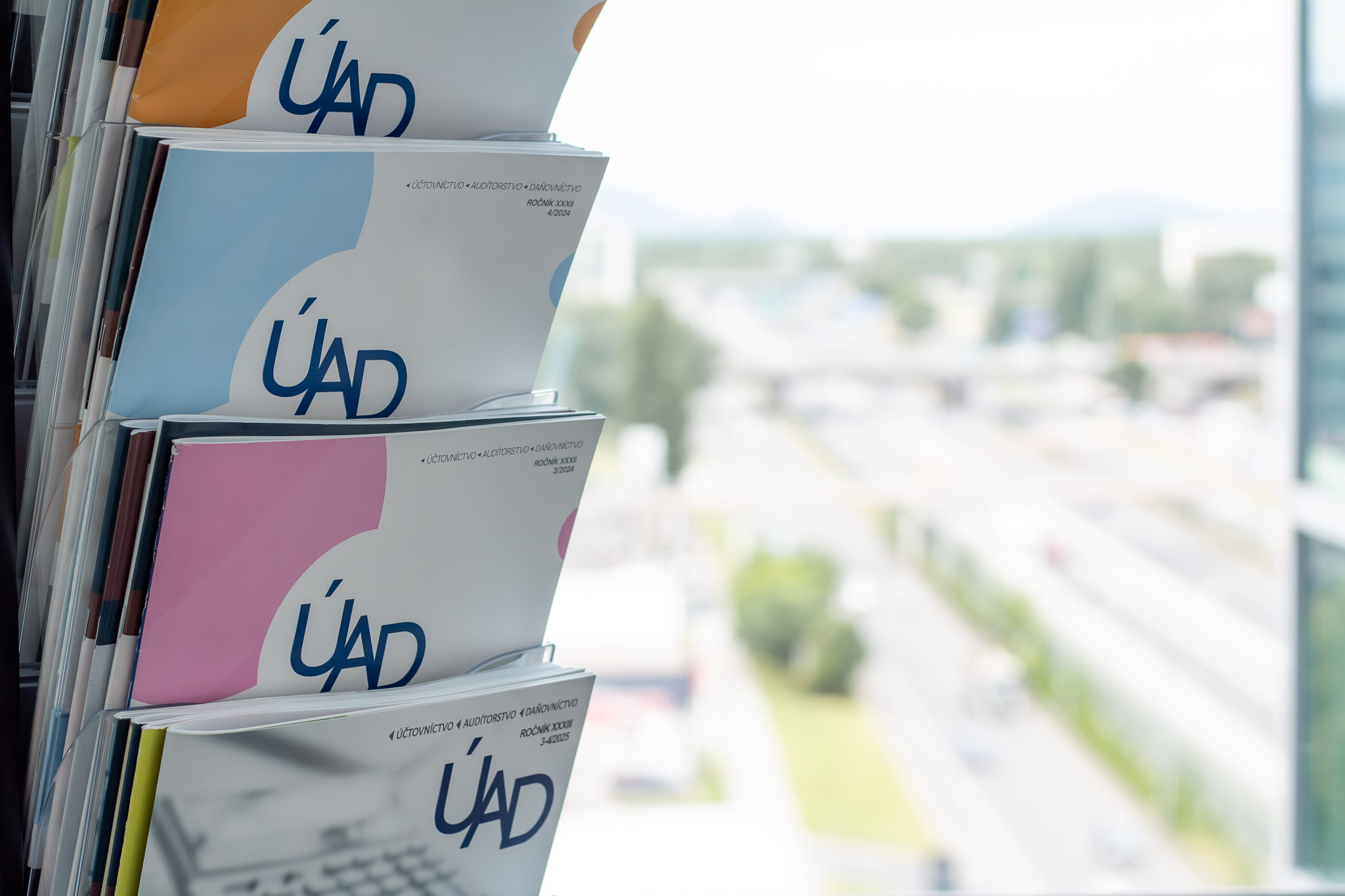The invoice is one of the most fundamental documents in business, relevant to everyone who supplies goods or provides services. The correct issuance and processing of invoices are crucial for seamless accounting and legislative compliance. Let's examine what an invoice is, its various forms, and the requirements it must meet under Slovak law.
What is an invoice?
An invoice is any document or notice that is issued in paper or electronic form following the Value Added Tax Act (VAT Act) or a similar law applicable in another member state.
Any document or notice that amends the original invoice and refers to it is also considered an invoice. Typical examples are credit notes or debit notes, which adjust the original value of the invoice. However, corrective documents under Section 25a of the VAT Act are not considered invoices.
Forms of an Invoice: Paper vs. Electronic
An invoice can be in paper (hard copy) or electronic form.
An electronic invoice contains all the necessary elements and is issued and received in any electronic format. The entrepreneurs themselves choose the format – it can be structured messages (e.g., XML) or other common electronic formats, such as PDF.
It is important that:
- You need the recipient's consent to issue an electronic invoice. This can be given in writing, electronically (e.g., by email), orally, or can be inferred from the recipient's processing or payment of the invoice.
- The recipient must be technically capable of receiving the electronic invoice and ensuring its authenticity, integrity of content, and legibility.
Interesting fact: If you create an invoice on paper, scan it, and send it by email, it is considered an electronic invoice. However, if you create an invoice electronically (e.g., in accounting software) and send it in printed form, it is no longer an electronic invoice, but a paper one.
What Must an Invoice Meet? Requirements for Authenticity, Integrity, and Legibility
Anyone who issues or receives an invoice must ensure its authenticity of origin, integrity of content, and legibility from the moment it is issued until the end of the retention period (usually 10 years).
- Authenticity of origin: The invoice must be demonstrably issued by the supplier or a person acting on their behalf.
- Integrity of content: The content of the invoice must not be altered. A change of format (e.g., converting a PDF to XML for archiving) is not considered a breach of content integrity.
- Legibility: The invoice must be readable by the human eye. For paper invoices, this means the data must not be faded. For electronic invoices, you must have suitable software to display them for the entire archiving period.
You can ensure these requirements in various ways, or a combination thereof:
- Business process controls (applies to both paper and electronic invoices).
- A guaranteed (qualified) electronic signature (for electronic invoices).
- Electronic Data Interchange (EDI) (for electronic invoices).
- Another method that ensures the authenticity and integrity of the content (for electronic invoices).
What are the required elements of a properly issued invoice?
According to Section 74 (1) of the VAT Act, every invoice must contain the following elements:
- Supplier's identification: The name/business name of the taxable person, the address of their registered office/place of business, and the VAT identification number under which they supplied the goods or service.
- Recipient's identification: The name/business name of the recipient, the address of their registered office/place of business, and their VAT identification number under which the goods were supplied or the service was provided to them.
- Sequential number of the invoice.
- Date of supply/payment receipt: The date of supply of the goods or service, or the date of payment receipt if it is different from the date the invoice was issued.
- Date of invoice issuance.
- Description of goods/service: The quantity and type of goods supplied, or the scope and type of service provided.
- Price details:
- The tax base for each tax rate (price excluding VAT).
- The unit price excludes tax.
- Discounts and rebates, if they are not included in the unit price.
- Tax rate or exemption: The applied tax rate (e.g., 23%, 5%) or a reference to the provision of the VAT Act/Council Directive on tax exemption, or the phrase "supply is exempt from tax".
- Amount of tax: The total amount of tax (VAT) in euros to be paid.
- Special information (if relevant):
- The phrase "self-billing" (if the invoice is issued by the customer).
- The phrase "reverse charge" (if the tax is payable by the recipient).
- Details of a supplied new means of transport.
- The phrase "margin scheme – travel agents", "margin scheme – second-hand goods", "works of art" or "collectors' items and antiques" (for special VAT schemes).
- The name and address of the tax representative and their VAT identification number, if a foreign person is represented.
Simplified Invoice: When Less is Enough
A full invoice with all its elements is not always necessary. The VAT Act also recognizes a simplified invoice, from which you can still deduct VAT (if it meets the other conditions).
What is considered a simplified invoice?
- A document for goods/services with a price up to €100 including VAT: Such a document does not need to include the recipient's identification data or the unit price excluding tax (for example, a parking ticket from a machine, if the operator is a VAT payer).
- A document from an eKasa client or a fuel pump with a price up to €400 including VAT: These documents also do not need to contain the recipient's data and the unit price. In specific cases, it will contain the seller's tax ID number (DIČ) instead of the VAT identification number (IČ DPH).
- A document or notice that amends the original invoice (e.g., a credit note, or debit note): This document must contain the sequential number of the original invoice (or the original cash register receipt identifier) and the information that is being changed.
Important limitation: A simplified invoice (under the first two points above) cannot be issued for the supply of goods exempt from VAT (e.g., to another member state), for the distance selling of goods within the EU with the place of supply in Slovakia, or for the supply of goods or services with the place of supply in another member state where the tax is payable by the recipient.
A correctly issued invoice is the foundation for the smooth operation of your business and a good relationship with the authorities. If you have any doubts about the correctness of your invoicing, do not hesitate to consult an expert.
Be the first to know about the latest information from the world of taxation, accounting and auditing.







































